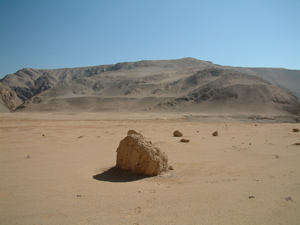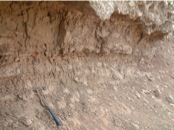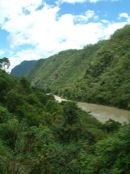Research
Surface uplift of the Altiplano
Participants: G. D. Hoke, C. N. Garzione
Funding: NSF grant to Garzione
This work began as part of my post-doctoral year at the University of Rochester. Our ambition was to combine all of the available quantitative paleoaltitude and geomorphic relief change estimates

Paleo-altimetry, southern central Andes
Funding: NSF International Research Fellowship (Hoke)
Participants: G. D. Hoke, L. B. Giambiagi, C. N. Garzione
This is currently my main research focus and why I am living/working in Mendoza. The goal of this project is to obtain the elevation history of the highest part of the Andes, and compare it to the

Paleo-altimetry, Yunnan Province, China
Participants: G. D. Hoke, C. N. Garzione, G. Mitra
Funding: seeking
Geomorphic and geophysical modeling studies suggest that S.E. Tibet has experience surface uplift due to lower crustal flow. Can we see lower crustal flow induced surface uplift recorded in the

Surface uplift, W. flank of central Andes
Participants: G. D. Hoke, T. E. Jordan, B. L. Isacks, P. L. Nester
Funding: NSF (Jordan and Isacks), NASA ESE Fellowship (Hoke)
This was part of my Ph. D. work at Cornell University aimed at trying to quantitatively deduce the latest Miocene surface uplift of the western flank of the Andes, something always inferred (

Slope distributions and erosion rates west central Andes, Peru and Chile
Participants: G. D. Hoke, B. L. Isacks, T. E. Jordan
Funding: NASA ESE Fellowship (Hoke) and NSF (Jordan and Isacks)
The other major part of my dissertation at Cornell. In this study I examined how the distributions in hillslopes vary along what we infer to be a relatively stable climate transect along the western


If I am forced to apply labels to what I do, I would say that am somewhere between a tectonic geomorphologist and a stratigrapher.
I am currently working on several projects, two are in South America and one is in China. Below are some brief project descriptions of current research and my Ph. D. projects.




